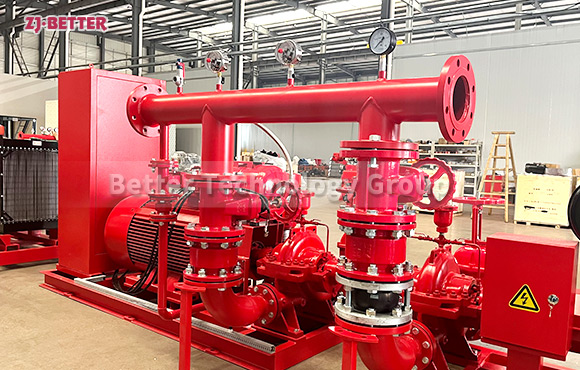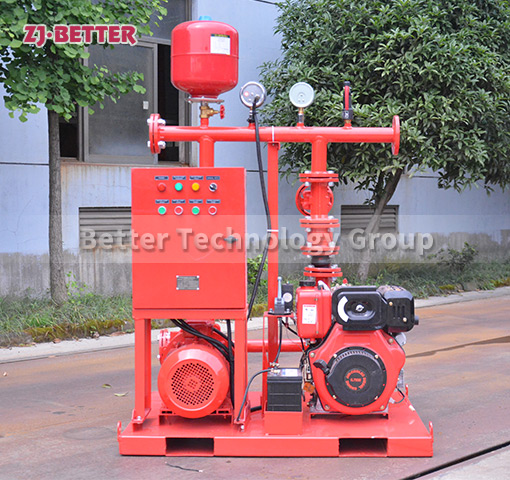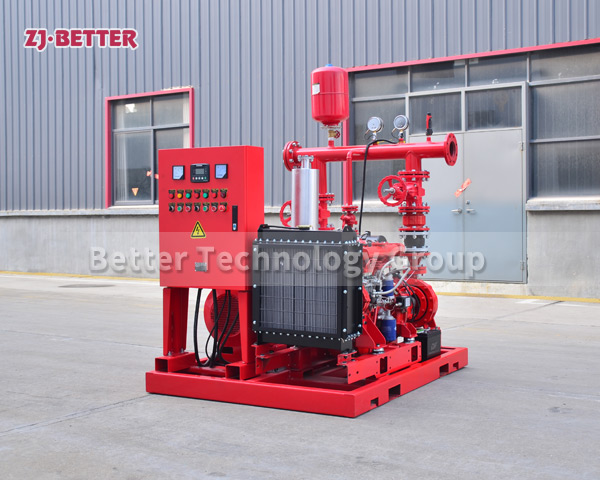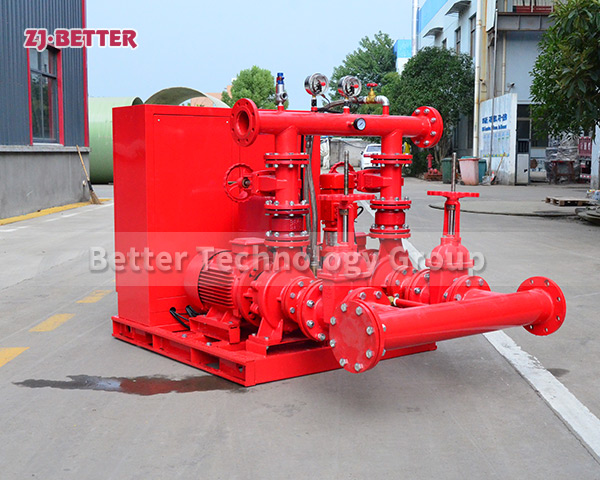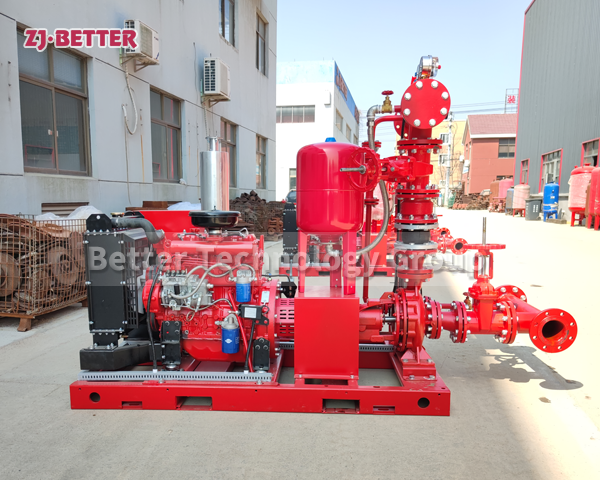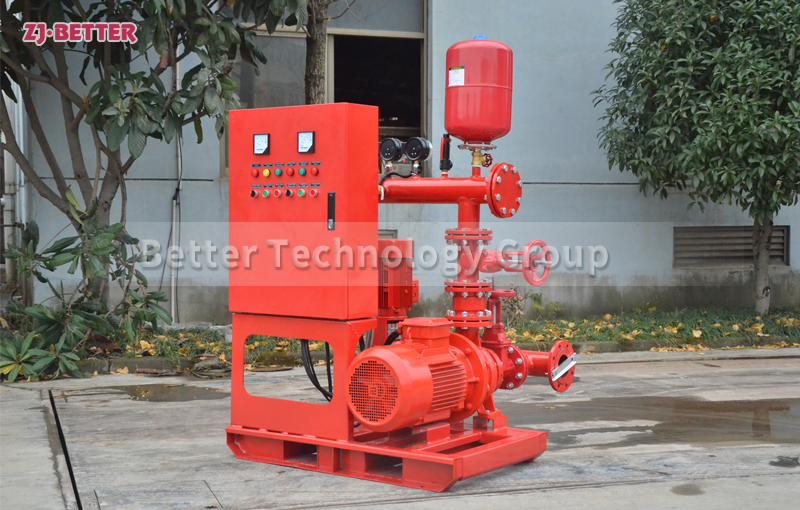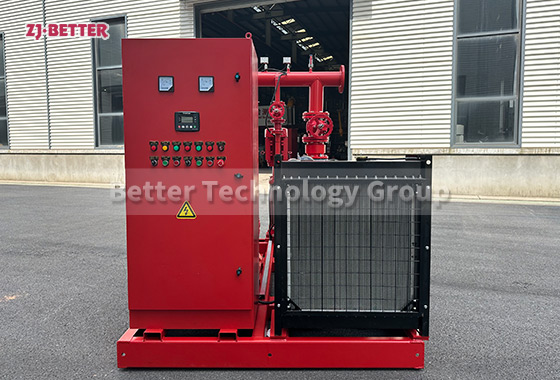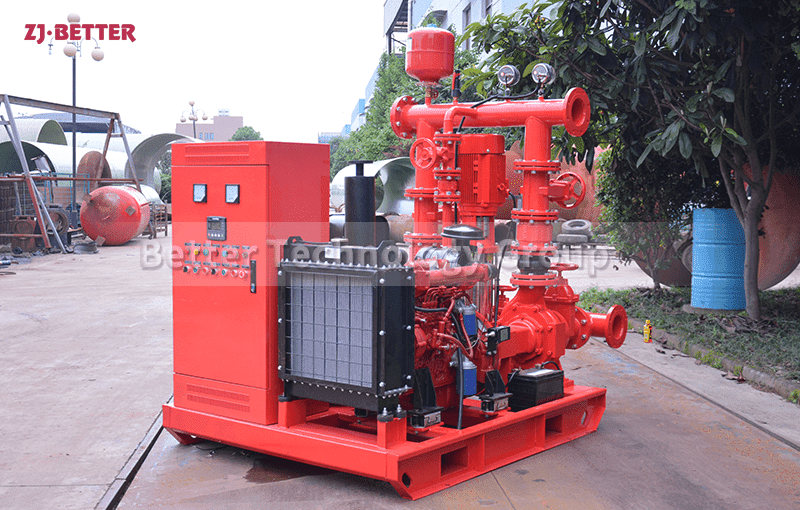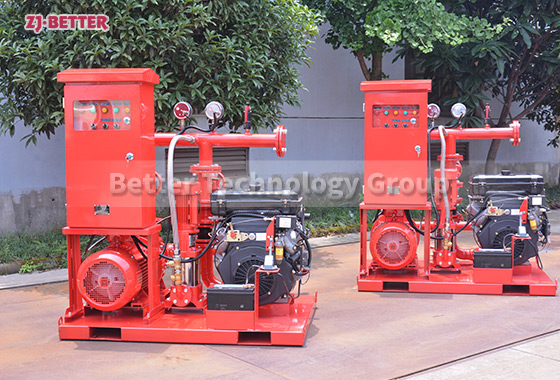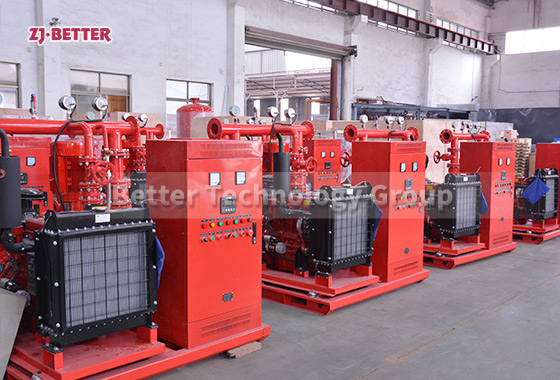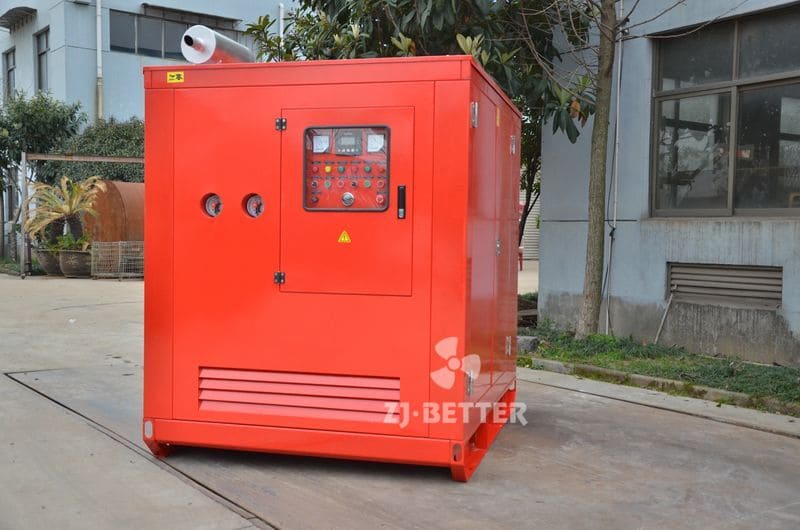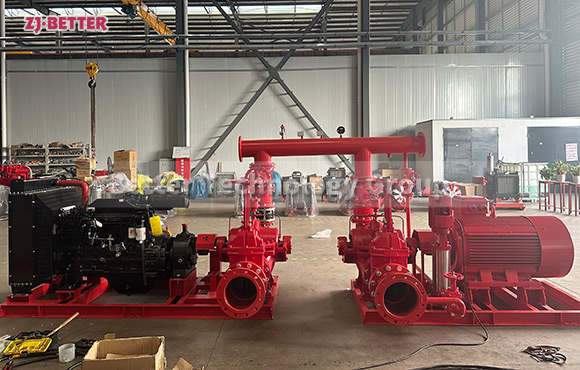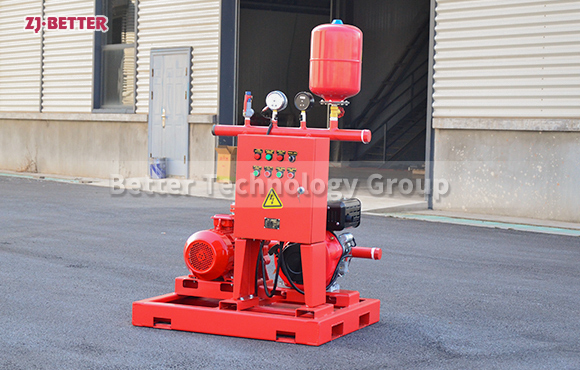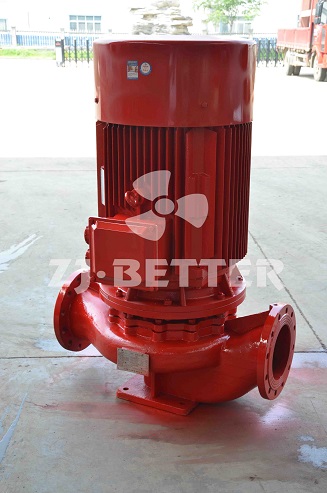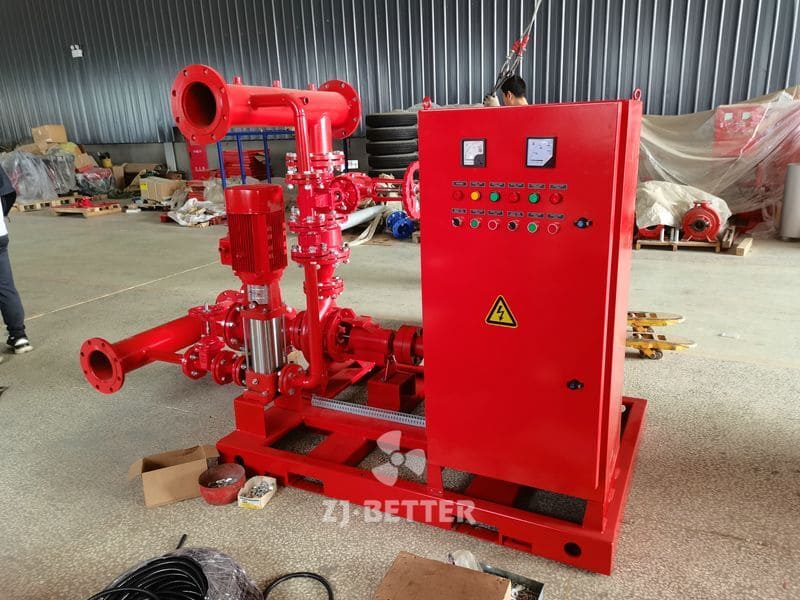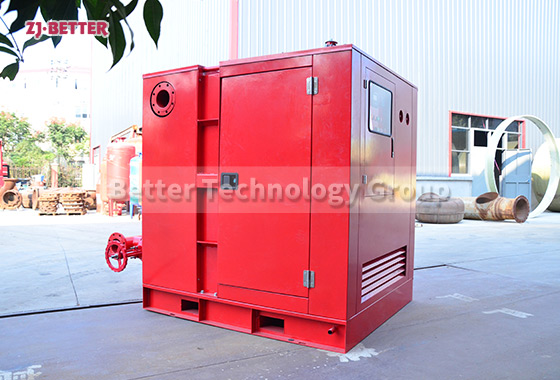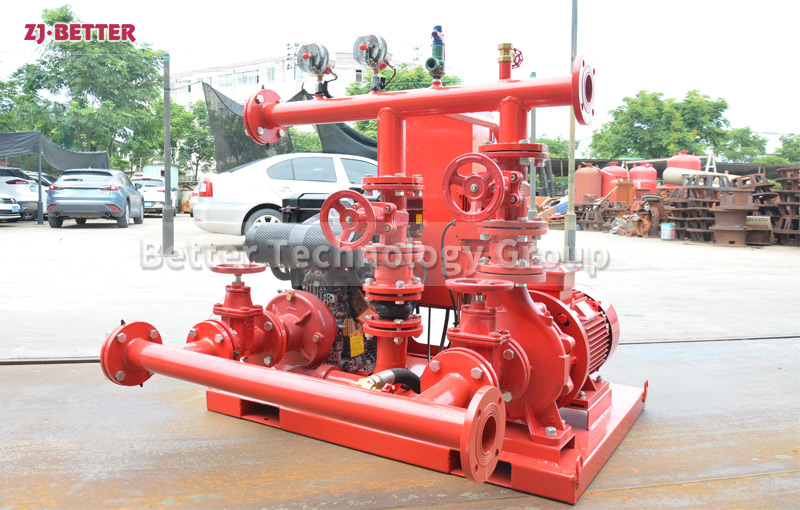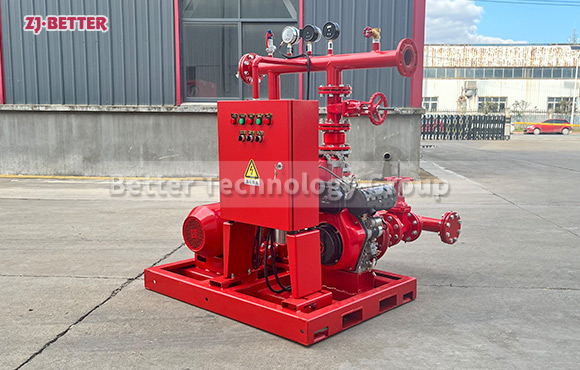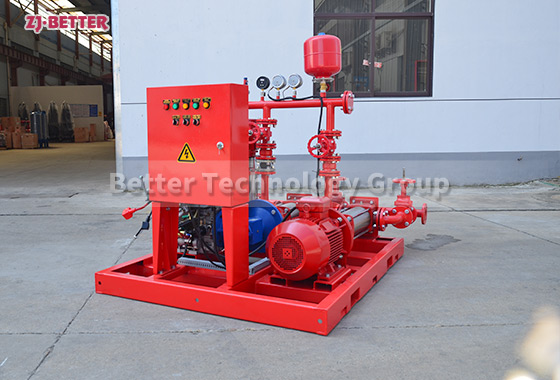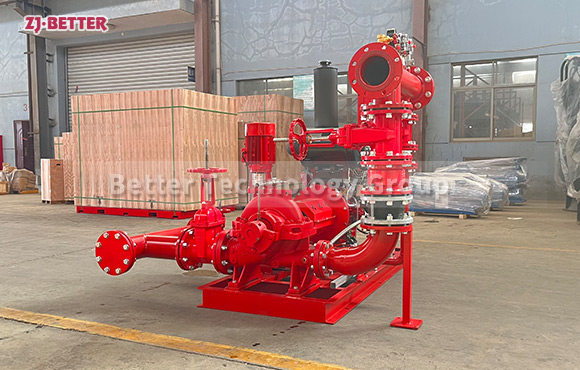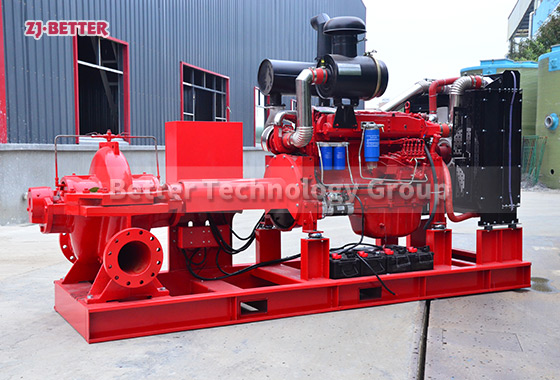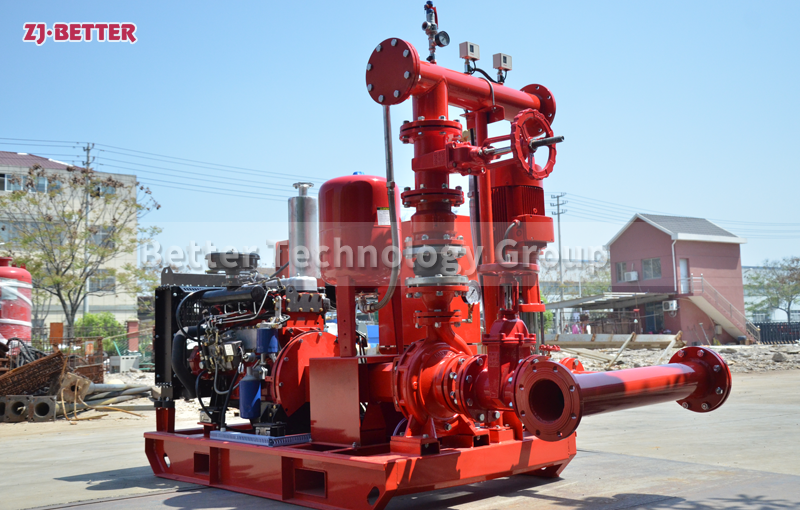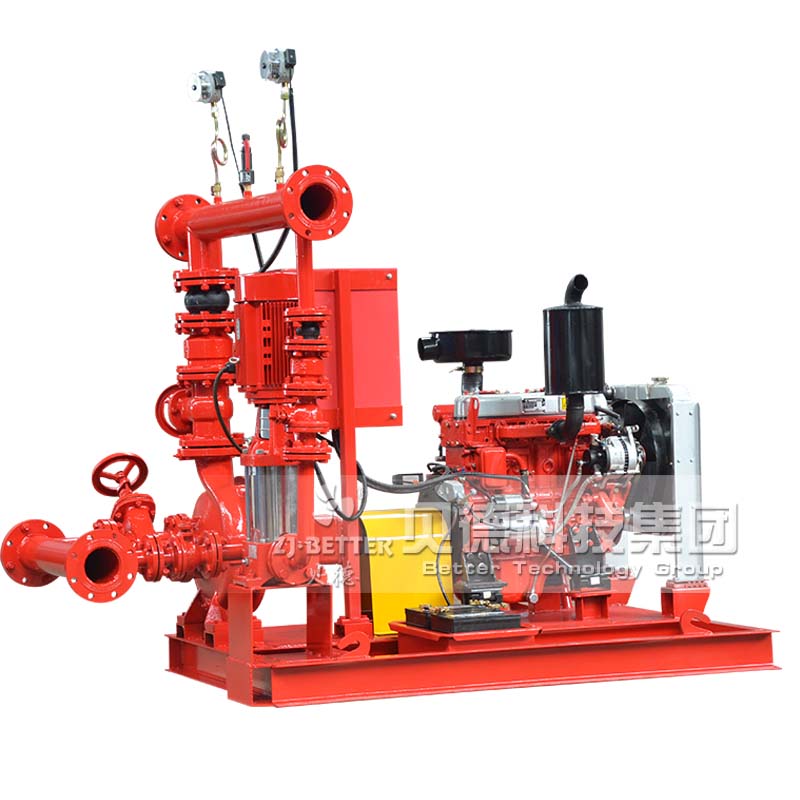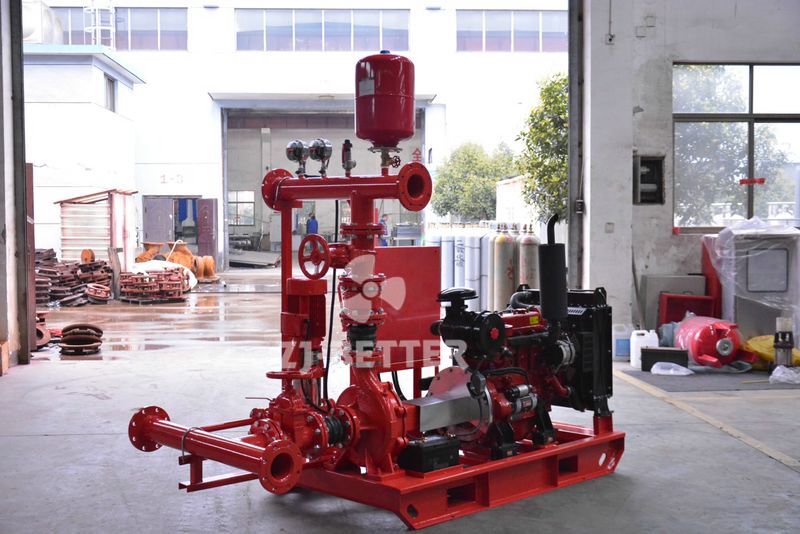How do fire pumps support fire protection in high-occupancy event spaces?
– Rapid Evacuation: Ensuring the system supports rapid evacuation procedures to minimize risk to large crowds.
– Flexible Design: Providing flexible design options to accommodate varying event setups and capacities.
– Noise and Disruption Minimization: Ensuring minimal noise and disruption to maintain a pleasant environment.
– Compliance with Event Space Standards: Adhering to fire safety regulations and standards specific to high-occupancy event spaces.
– Rapid Evacuation: Ensuring the system supports rapid evacuation procedures to minimize risk to large crowds.
– Flexible Design: Providing flexible design options to accommodate varying event setups and capacities.
– Noise and Disruption Minimization: Ensuring minimal noise and disruption to maintain a pleasant environment.
– Compliance with Event Space Standards: Adhering to fire safety regulations and standards specific to high-occupancy event spaces.

